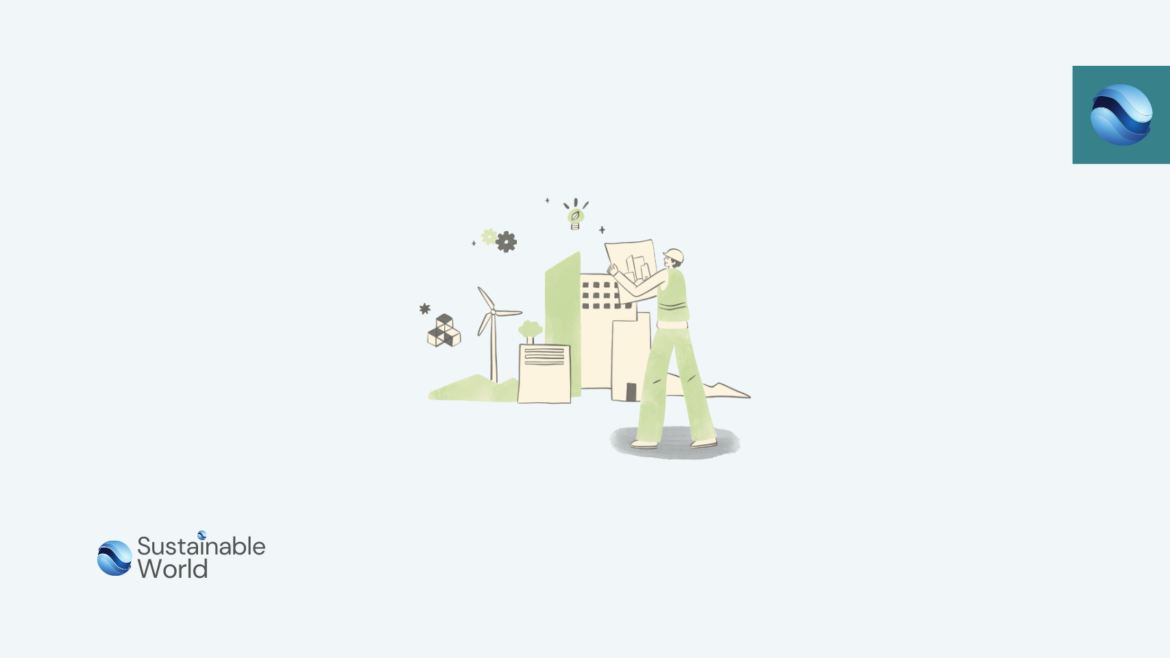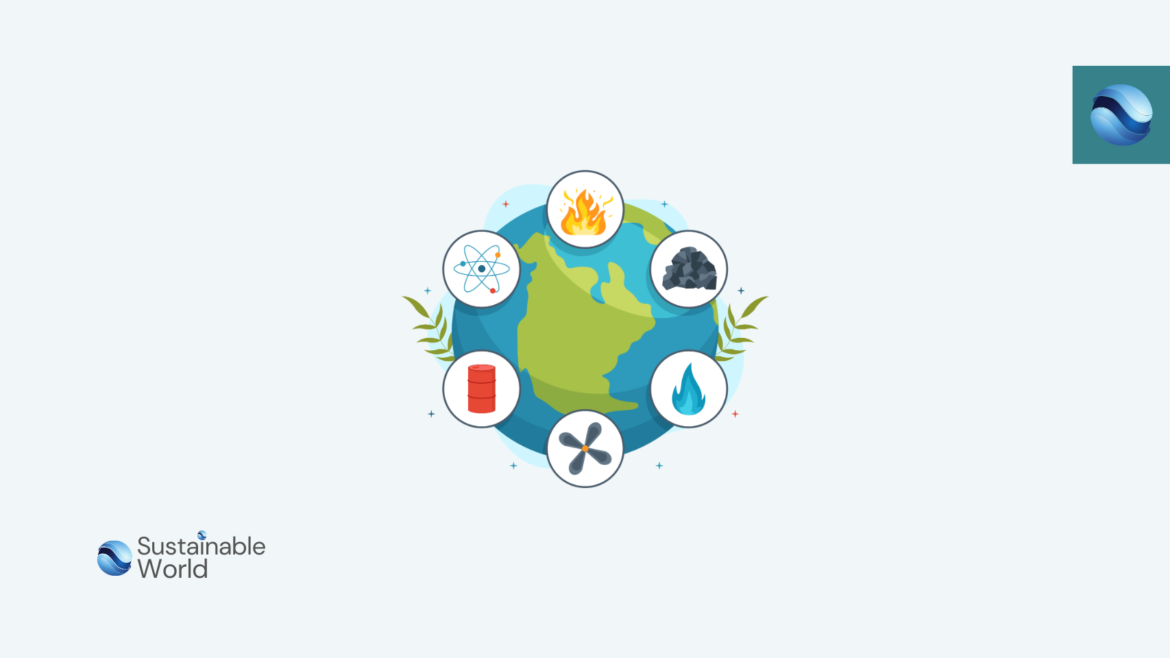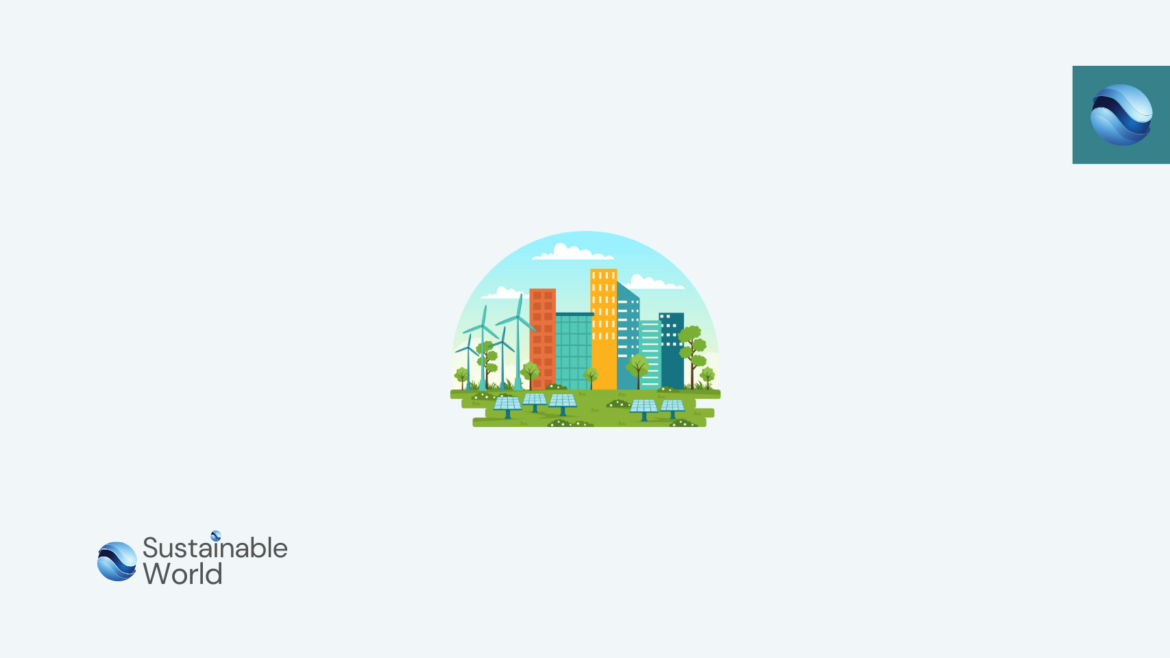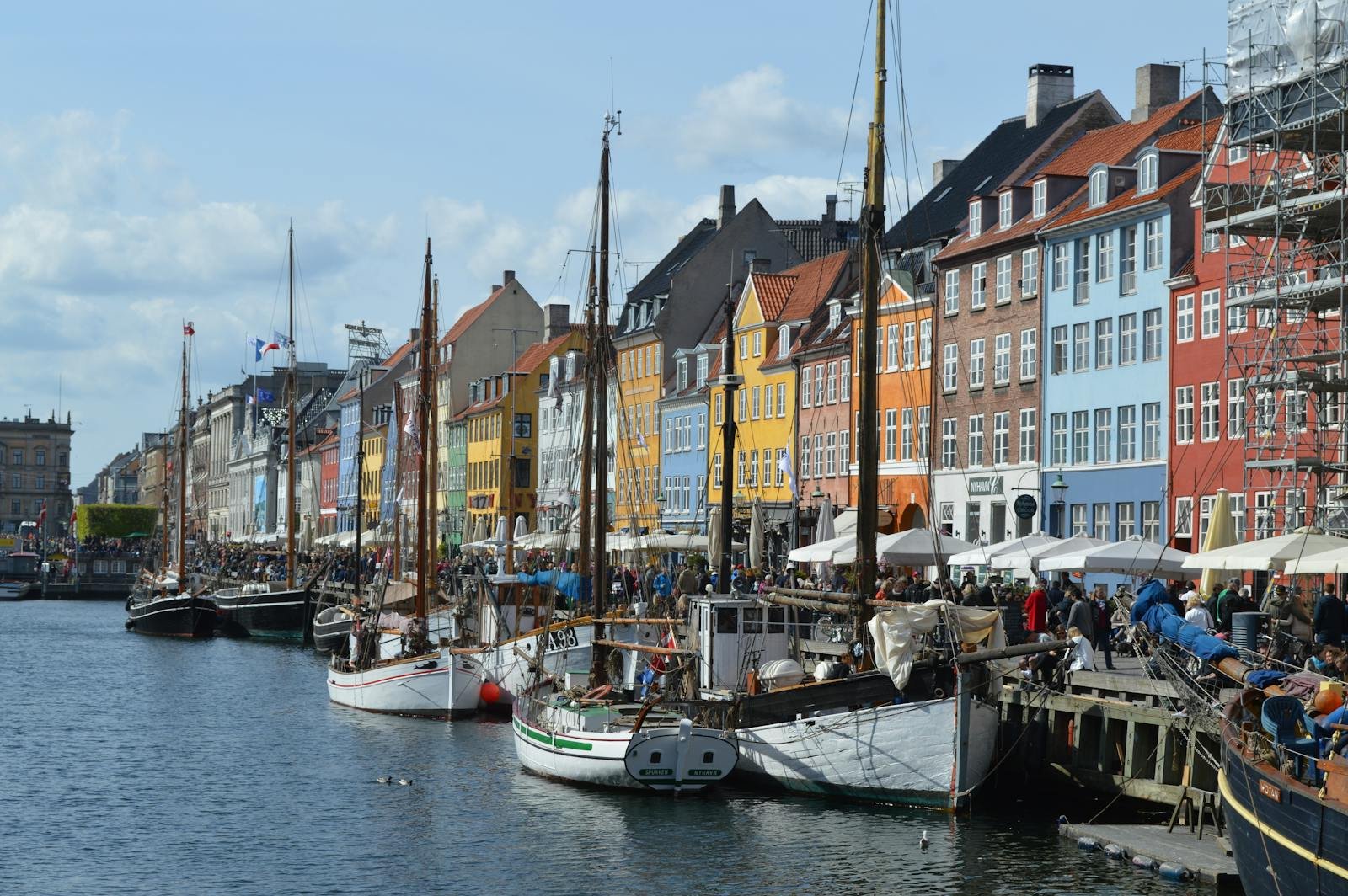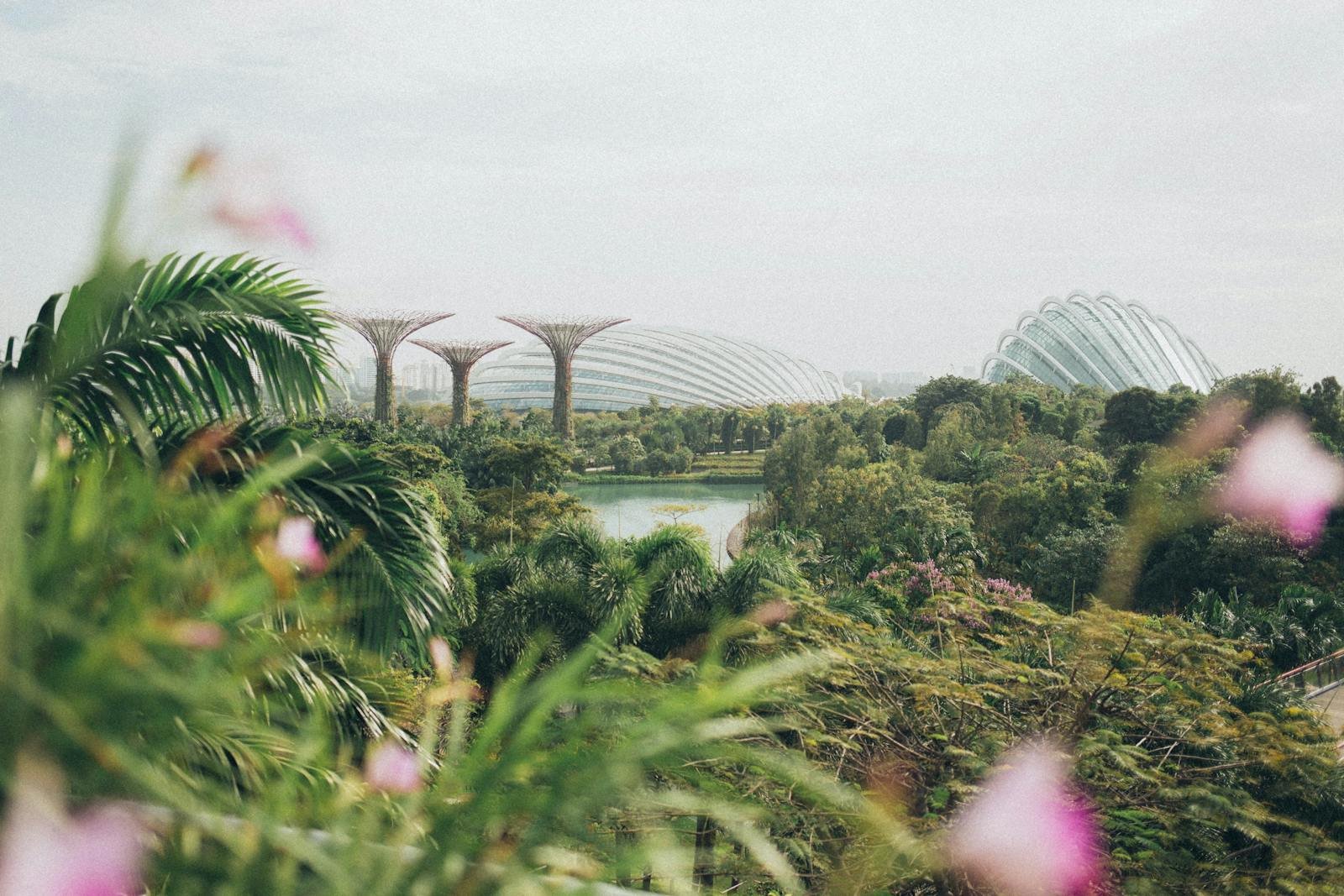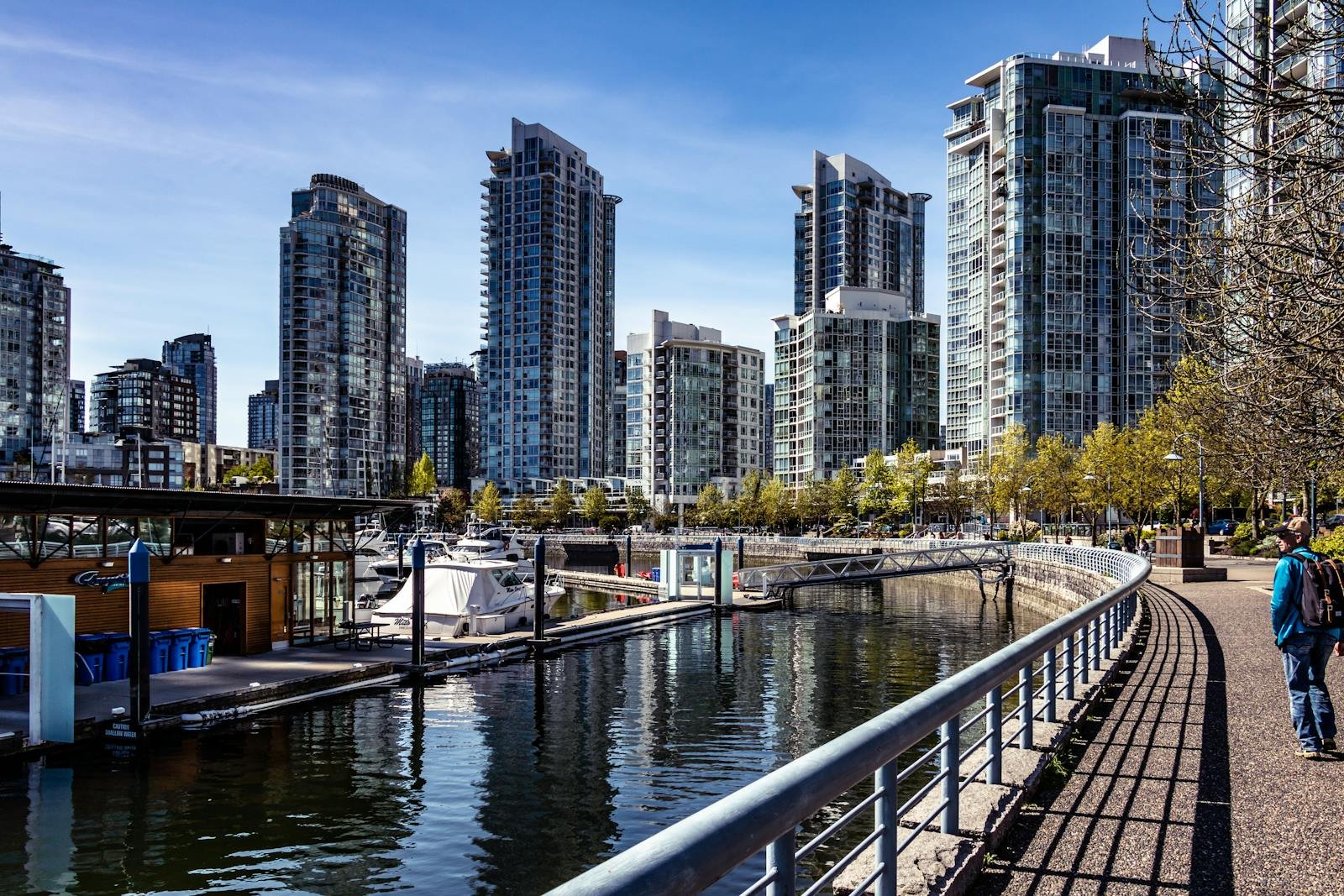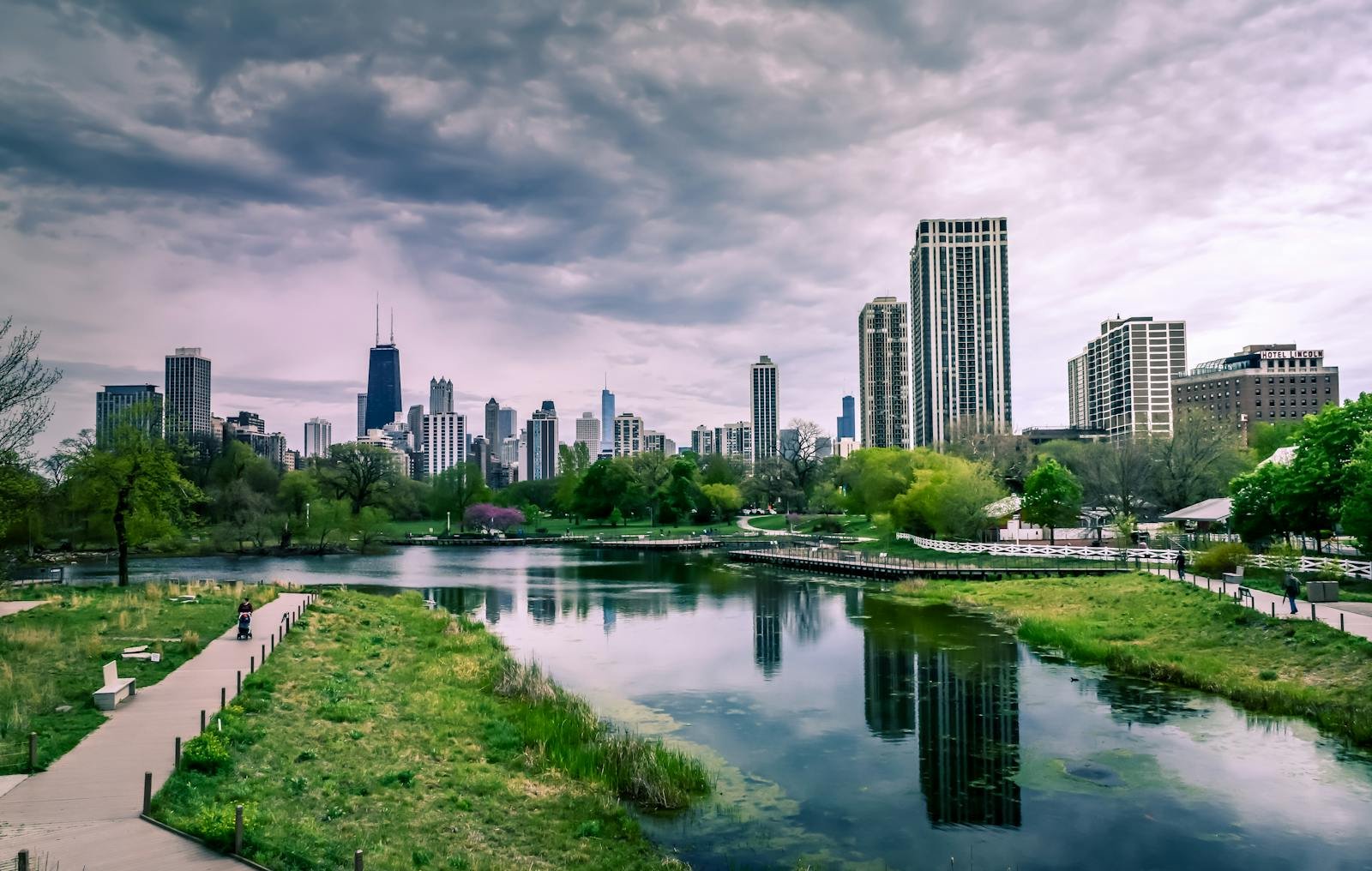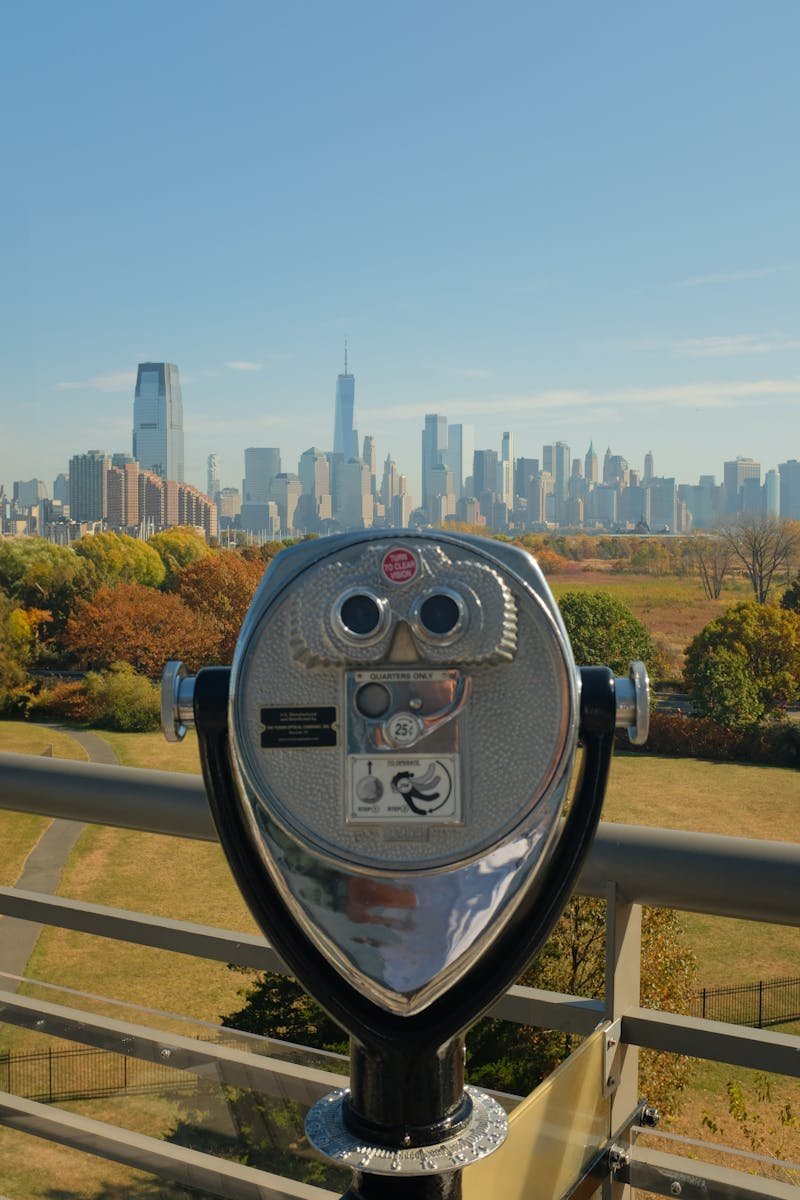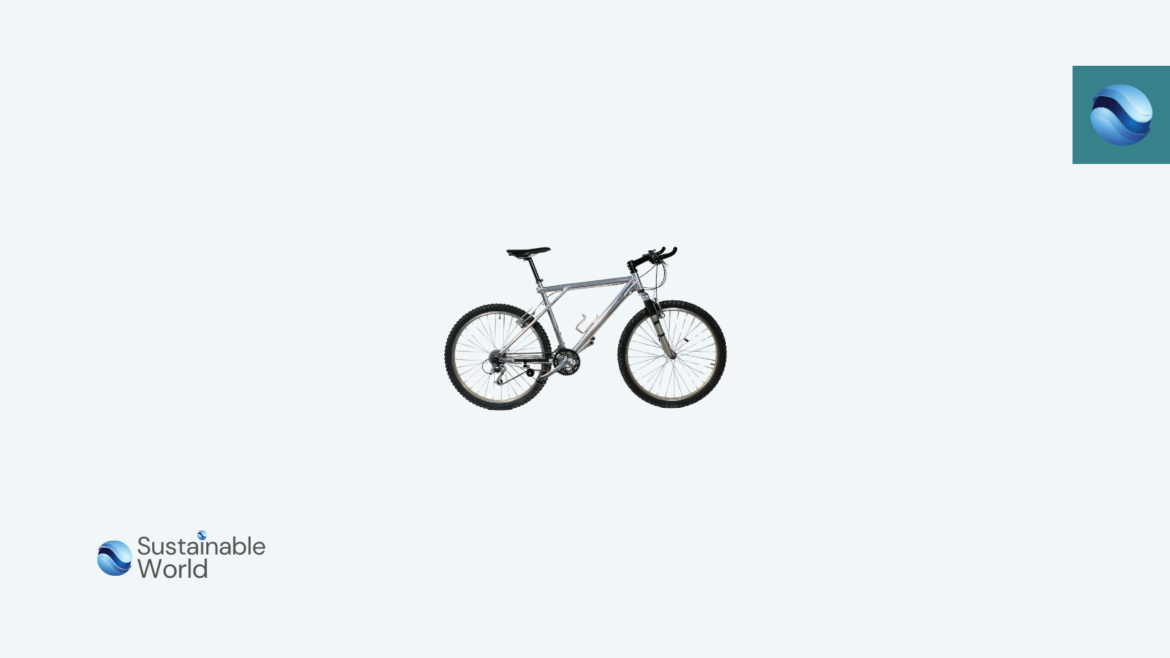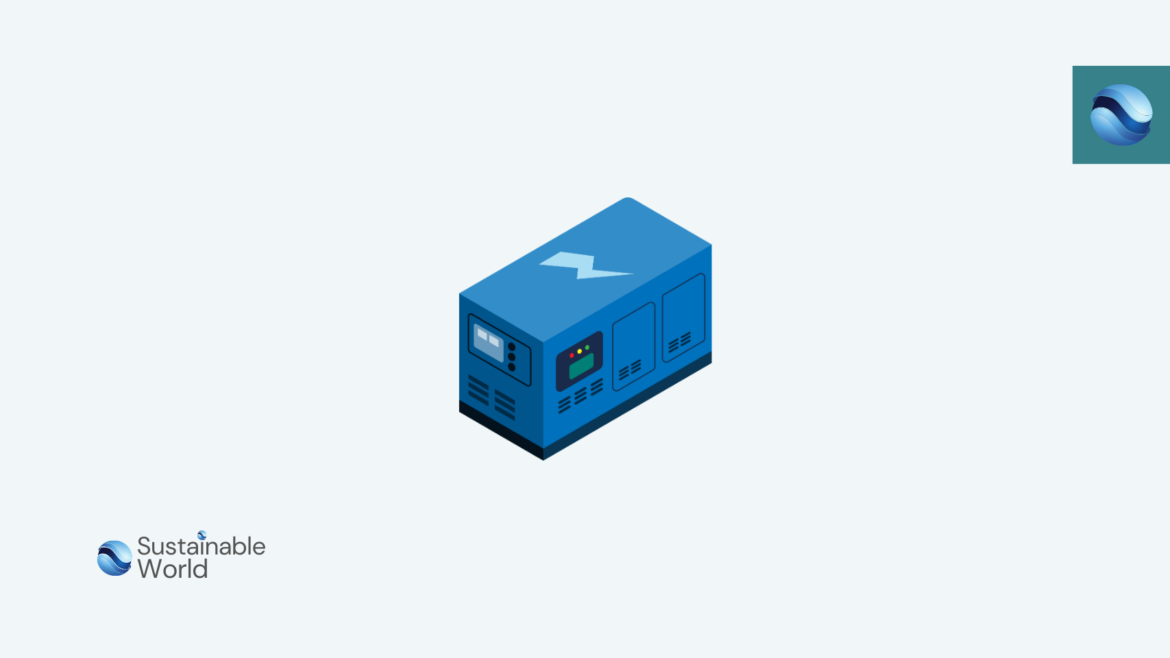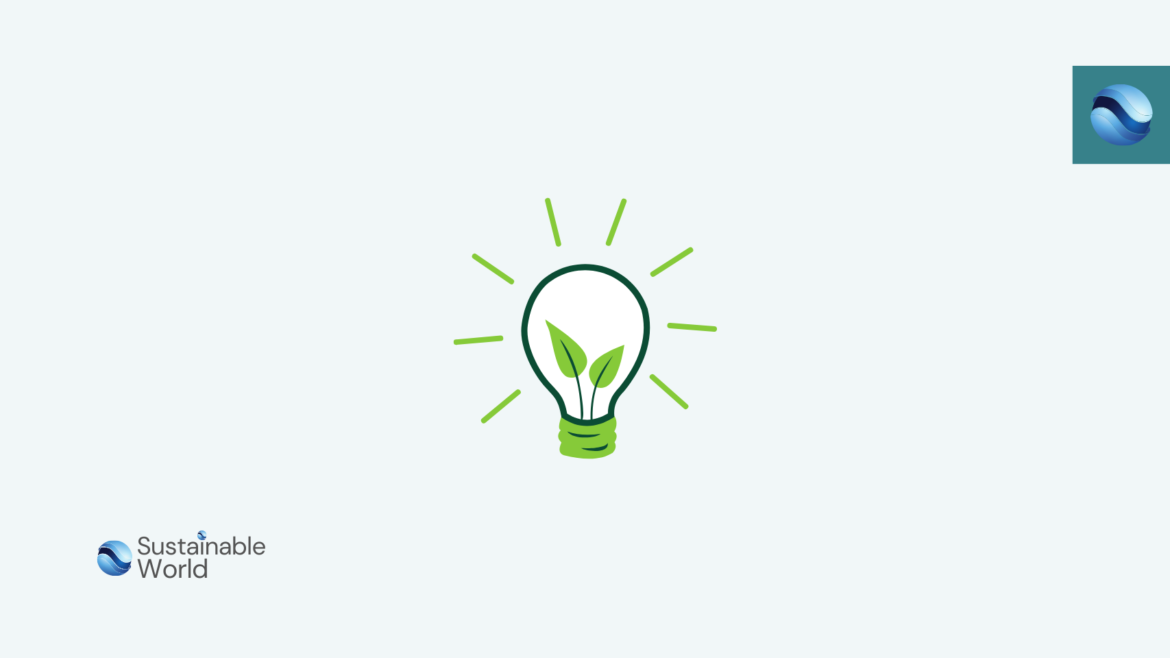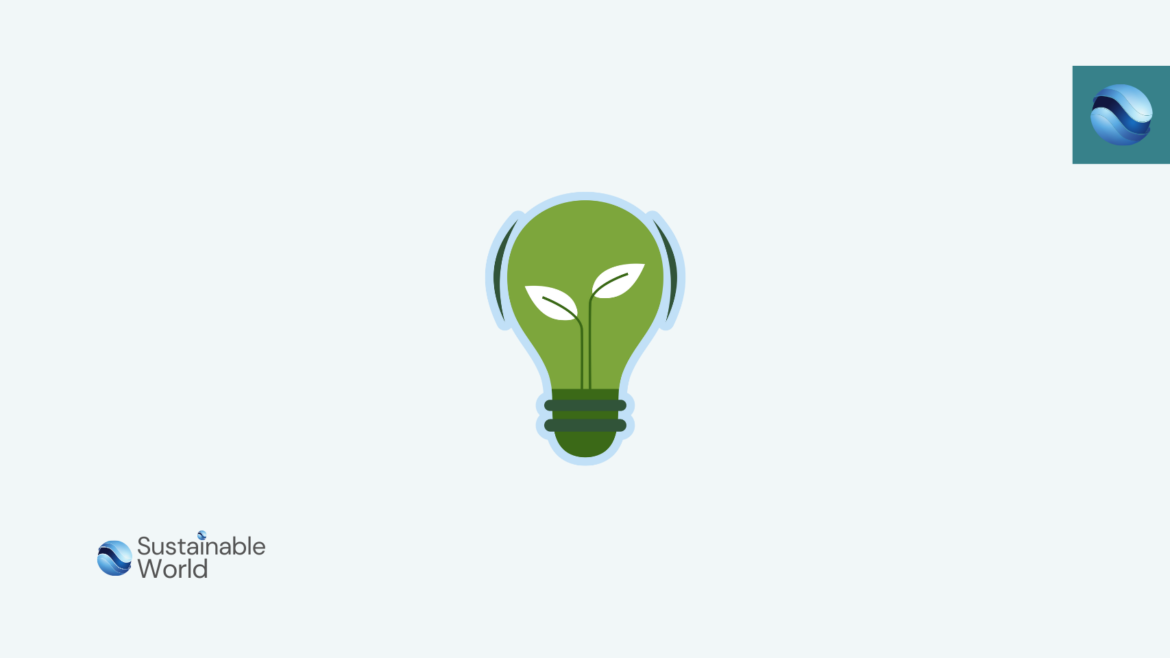The Ultimate Guide to Green Building Materials for Sustainable Construction
Green Building Materials have gained significant traction as sustainable construction practices become a priority in the building industry. These materials play a critical role in reducing the environmental footprint of buildings and fostering a healthier, more eco-conscious built environment.
In this guide, we’ll explore the various types of Green Building Materials, their benefits, and how they contribute to Sustainable Construction.
What Are Green Building Materials?
Green Building Materials are eco-friendly products that are sustainably sourced, produced using environmentally responsible methods, and optimized for resource efficiency throughout their lifecycle. These materials minimize waste, reduce energy consumption, and support sustainable development. Green Building Materials are essential for earning certifications like LEED (Leadership in Energy and Environmental Design) and are widely adopted in modern construction practices.
Types of Green Building Materials
Recycled Materials
Recycled materials reduce the need for virgin resources and divert waste from landfills. Examples include recycled glass, steel, and plastic, which are not only durable but also energy-efficient. Incorporating these materials can significantly lower a building’s carbon footprint.
Sustainable Wood
Sustainable wood, often certified by the Forest Stewardship Council (FSC), is harvested from responsibly managed forests. It is renewable, durable, and helps combat deforestation while supporting biodiversity.
Bamboo
Bamboo, a rapidly renewable resource, grows to maturity in just 3-5 years, making it an eco-friendly alternative to traditional hardwoods. Its durability and versatility make it ideal for flooring, paneling, and furniture in green buildings.
Insulation Materials
Green insulation materials, such as cellulose, wool, and recycled denim, improve a building’s energy efficiency and thermal comfort. These materials reduce energy consumption, enhance indoor air quality, and align with sustainable construction goals.
Benefits of Green Building Materials
Energy Efficiency
Green Building Materials enhance energy efficiency by improving insulation, reducing heat loss, and optimizing airflow. Energy-efficient buildings lower utility costs and carbon emissions while creating comfortable indoor environments.
Environmental Sustainability
These materials conserve natural resources and reduce construction waste, contributing to environmental preservation. They are pivotal in achieving sustainability certifications and meeting eco-friendly building standards.
Health and Wellbeing
Green Building Materials improve indoor air quality by minimizing harmful chemical emissions. They also promote thermal comfort and reduce noise pollution, fostering healthier, more productive living and working spaces.
Conclusion
Green Building Materials are indispensable for sustainable construction, offering numerous benefits such as improved energy efficiency, reduced environmental impact, and enhanced occupant health. Incorporating materials like recycled glass, bamboo, sustainable wood, and eco-friendly insulation helps achieve green building certifications and paves the way for a more sustainable future. By adopting these innovative materials, the construction industry can lead the charge in building an eco-conscious world for future generations.


